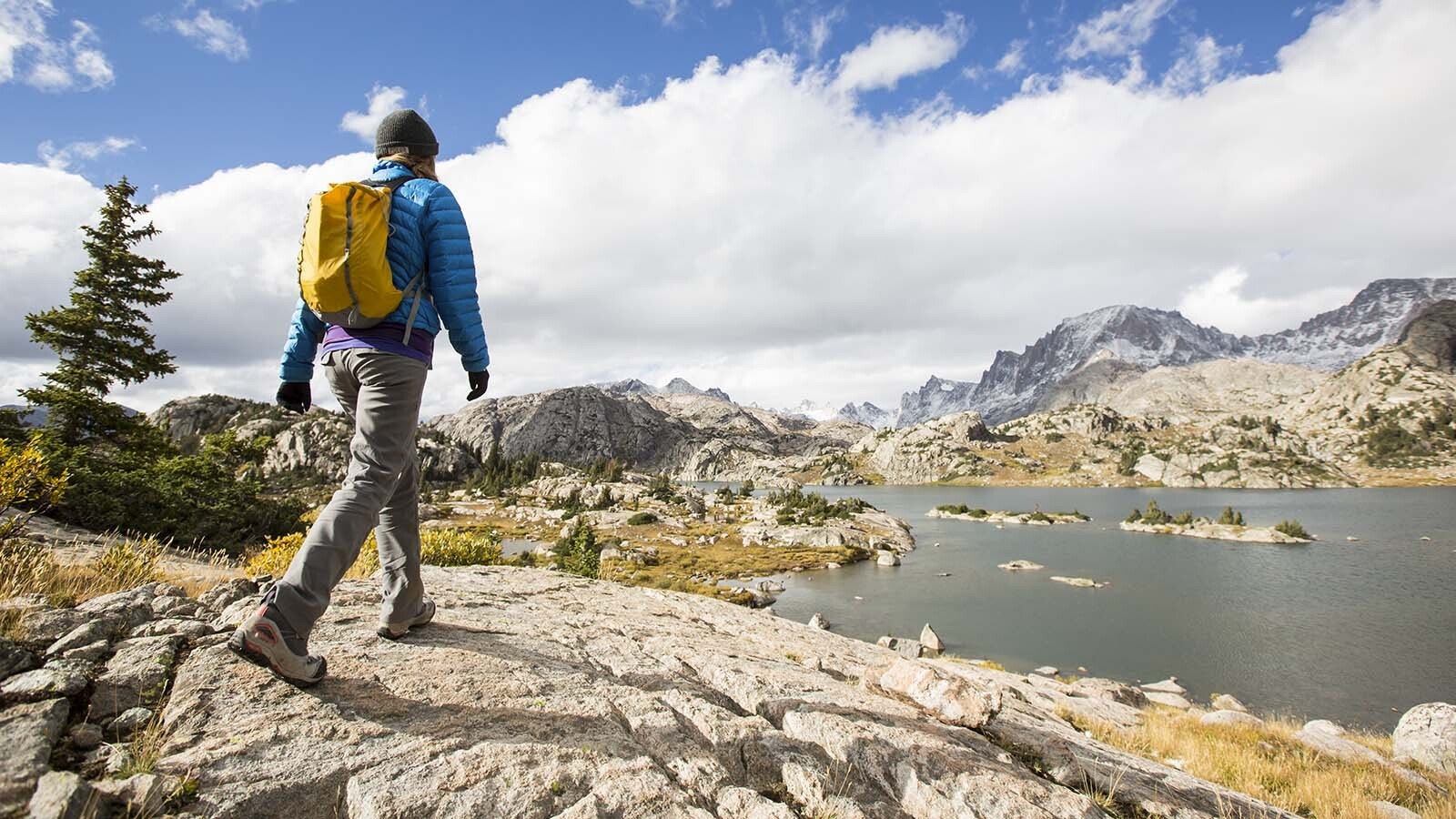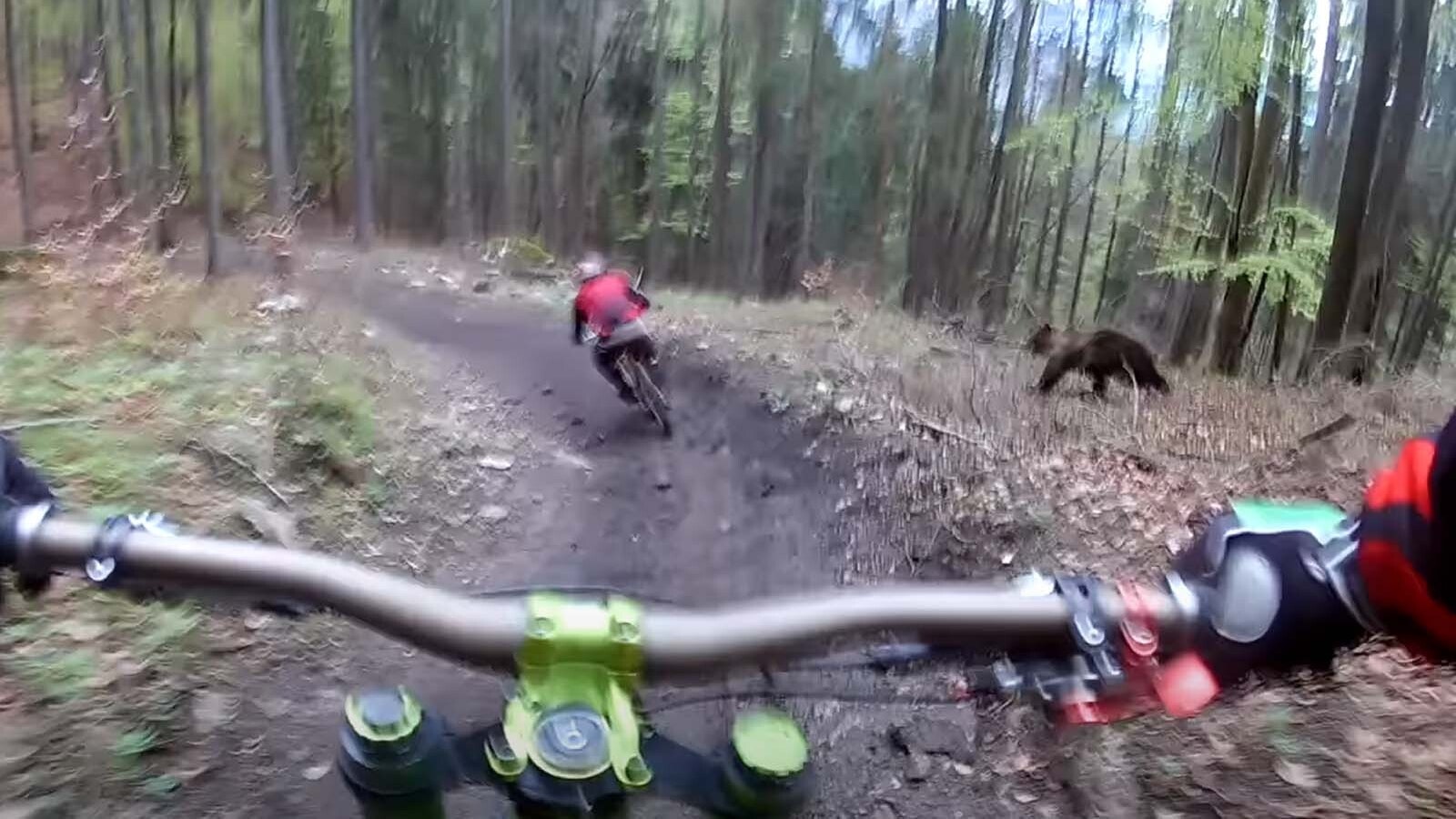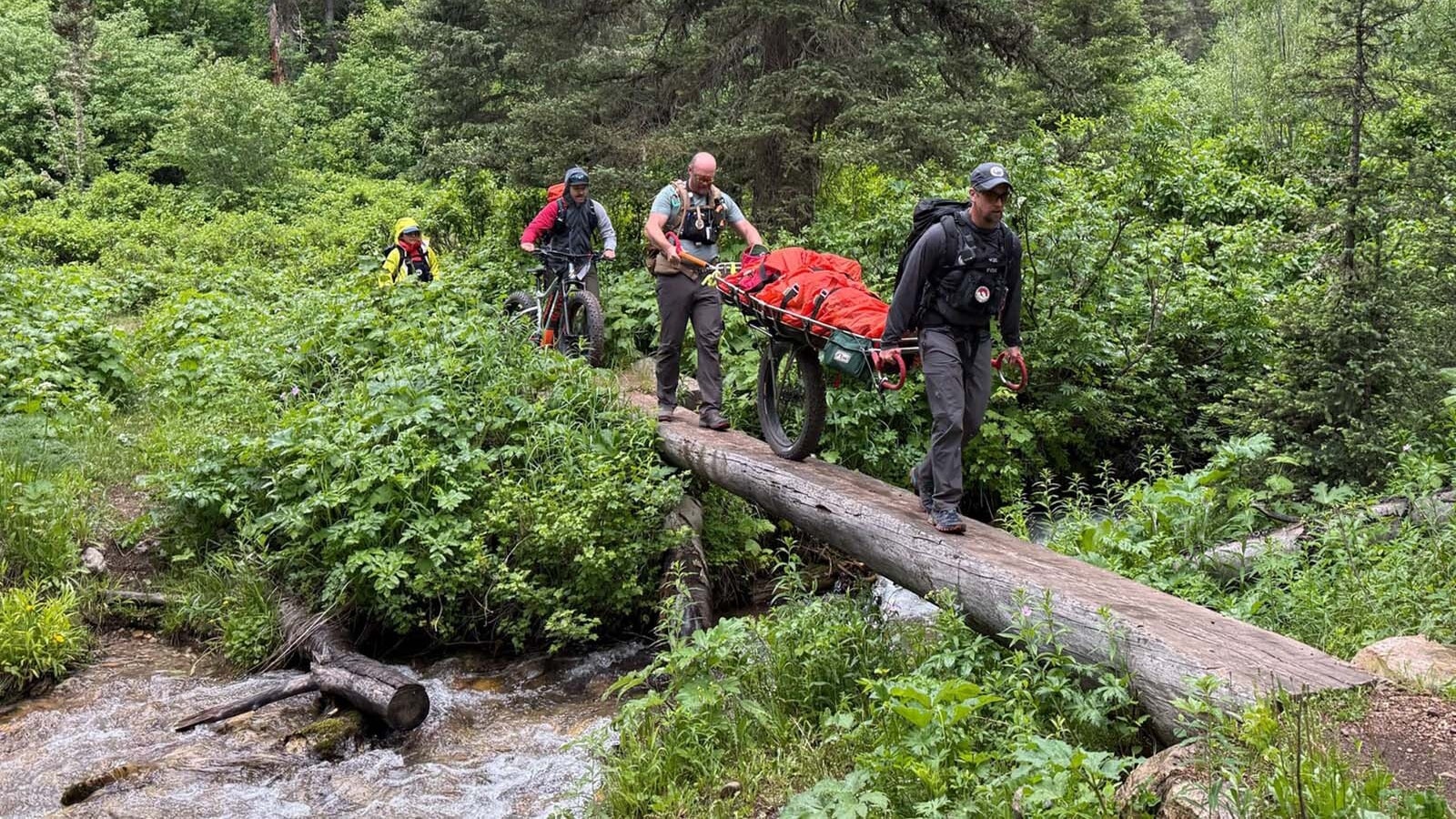GREEN RIVER — Wyoming Game and Fish managers believe they have found a solution to the decline of kokanee salmon and other sportfish at Flaming Gorge Reservoir.
Flaming Gorge is one of the West’s most renowned fisheries. Three consecutive years of slow fishing and increasing angler complaints, coupled with data indicating that too many small lake trout are the main problem, has led fish experts to conclude that using nets to remove small lake trout is the way forward for the fishery.
Robert Keith, G&F Green River regional fisheries supervisor, said he takes no joy in suggesting that thousands of lake trout should be netted, cut open and sunk to the bottom of the reservoir in order to help the remaining fish flourish.
In spite of the presumption that it could result in him being “tarred and feathered,” or “found dead in a ditch somewhere,” that exact recommendation is what Keith intends to make to the Wyoming Game and Fish Commission in about one year.
But that’s only if he and his colleagues can garner support for the plan among the angling public.
To support the argument, Keith and G&F Biologist John Walrath presented data on sport fish population trends in Flaming Gorge to a group of about 60 anglers in Green River this week.
“We are saying that’s (net removal) one of the things we are considering and we’re trying to get a sense of what you all are thinking,” Keith said. “It’s (netting) the absolute top of our list but we are still figuring out what it will look like.”
Defining The Problem
Game and Fish officials believe there are too many small lake trout in Flaming Gorge, those under 28 inches long. If those fish are not removed they will continue to flourish at the expense of trophy lake trout, kokanee salmon and others.
It’s a complicated scenario because trophy lake trout are prized by many anglers. Lake trout are colorful, long-lived, hard fighters that can take up to an hour to bring to the net after being hooked. The Wyoming state record, caught in Flaming Gorge in 1983, is 50 pounds and 45 inches long.
On the other end of the sportfish spectrum is the kokanee salmon. It’s a fish that doesn’t get huge but is prized as table fare and is aggressively pursued by thousands of anglers at Flaming Gorge every year.
A kokanee is a landlocked sockeye salmon. The state record of 6.3 pounds was caught at Flaming Gorge in 2015.
The others that make up the sport fishery at Flaming Gorge include cutthroat trout, rainbow trout, brown trout and smallmouth bass. Burbot are a non-native illegally introduced fish in Flaming Gorge that are also pursued by anglers.
There is no limit on how many burbot fishermen can keep from the reservoir.
Over time, kokanee have become the most important forage fish in the reservoir. They make up about a quarter of the diet of the small lake trout G&F would like to remove, while several other species readily eat them too.
Flaming Gorge is 90 miles long and spans the border between Utah and Wyoming. It is managed jointly by the two states and they cooperate on regulations and fish stocking efforts
Although the agencies managing the reservoir have reached their kokanee salmon stocking goals consecutively since 2017, the numbers, size and quality of sport fish in the reservoir has declined.
Water level drawdowns over the last few years at Flaming Gorge have contributed to the decline of kokanee. When the lake level recedes it exposes the gravel where kokanee spawn.

Is Netting A Solution?
Colorado, Montana, Idaho and the National Park Service at Yellowstone Lake, have aggressively netted lake trout to solve overpopulation problems with the species.
In some places, the removal has helped restore kokanee populations. In others, the results are questionable.
After several years of gillnetting lake trout at Yellowstone Lake in northwest Wyoming, the NPS has concluded that gillnetting will continue indefinitely. The goal is to remove lake trout and make room for native Yellowstone cutthroat trout.
NPS has spent $2-$3 million per year since 2012, gillnetting lake trout. But even after netting hundreds of thousands every summer, high populations of lake trout remain.
At Blue Mesa Lake in Colorado, lake trout gillnetting was initiated in the early 2000s. The effort helped kokanee initially but prolonged drought conditions since 2012 have caused a long term downward trend in their numbers.
At Flathead Lake in northwest Montana, the biology is much different than in Flaming Gorge but lake trout suppression efforts have shown mixed results.
The Confederated Salish and Kootenai Tribes set a goal of reducing lake trout populations by 140,000 mature fish per year to help endangered bull trout recover.
This year, through a combination of gillnetting and angler harvest, about 125,000 mature lake trout were harvested.
Kokanee disappeared from Flathead Lake in 1989 after being introduced in the 1940s.
According to news reports, introduction of the mysis shrimp to the lake’s watershed, ultimately led to the demise of the kokanee salmon in the lake. Biologists learned that lake trout were better adapted to feed on the shrimp than the kokanee were.
At Lake Pend Oreille in Idaho, the kokanee population supported a commercial fishery for several years but the kokanee population began to decline in the 1970s.
The commercial fishery was closed in 2000 and an aggressive lake trout and walleye suppression effort ensued.
According to Idaho Fish and Game documents, the predator control program, which included fishermen incentives and trap netting, “was a major success and the kokanee population has responded positively.”
Flaming Gorge Lake Trout Suppression
While angler harvest remains part of the lake trout suppression plan at Flaming Gorge, Wyoming G&F data shows 50 percent of fishermen are harvesting fewer than three fish per day and less than three percent of anglers are taking advantage of the full daily creel of 12 small lake trout.
Some of the states that have adopted gillnetting for lake trout control have found ways to utilize the meat. Several of the anglers at Wednesday’s meeting supported this plan.
One angler said the fish could be smoked and sold at bars and restaurants. Another said they don’t taste good and that’s the reason why angler suppression methods haven’t worked at Flaming Gorge.
Some of the other states have donated the net-caught lake trout to food banks.
Wyoming Game and Fish doesn’t yet have a hard list of recommendations for Flaming Gorge’s complex problem.
Regarding the fish caught in nets, Keith said due to manpower issues, the current plan is to cut the netted fish up the center line and drop them back into the reservoir where the carcasses will nourish the ecosystem.
However, they are open to ideas on what to do with the fish they remove. One of the plans being discussed is to allow them to be cooked and served to fishermen during fishing derbies at Flaming Gorge.
That strategy has been successful with burbot during burbot derbies at Flaming Gorge and many fishermen who didn’t want to keep them previously are now eating them, he said.

Angler Recommendations
Since lake trout are a game fish, Wyoming’s wanton waste laws prohibit them from being dropped in a dumpster after they are harvested. Several fishermen at Wednesday’s meeting suggested this law should be changed.
Anglers raised the point that in Utah they count the number of fish in a daily bag limit and allow two bag limits in possession in the field. However, when fishermen take the fish home and freeze or process them, they no longer count toward the possession limit.
However, in Wyoming, those fish at home in the freezer count as part of a fisherman’s possession limit. This law should be harmonized between the two states, fishermen at the meeting said.
Anglers asked whether introduction of another forage fish might help take pressure off kokanee.
Walrath said there could be other forage fish that might work in Flaming Gorge but finding a disease-free source is difficult and it’s hard to know what the collateral damage on the fishery might be.
Decreasing the limit of kokanee harvested was another topic discussed. Walrath said decreasing the limit may create marginal gains in kokanee populations but does not address the main issue of lake trout predation on kokanee.
Kokanee that are caught, released and later die or flounder on the surface until they are eaten by birds was another topic discussed Wednesday.
Fishermen suggested a new regulation of no catch and release on kokanee. Enforcement of a rule like that would be difficult, according to G&F officials.
Anglers also suggested that more law enforcement presence is needed at Flaming Gorge. Many of the anglers at Wednesday’s meeting believe other fishermen are keeping too many fish.
Wyoming G&F’s law enforcement section is currently understaffed by about a dozen game wardens, officials said.
Removing the catch limit on lake trout under 28 inches long was also discussed at length during Wednesday’s meeting. Keith said that suggestion is likely to make it on the department’s list of recommendations to the Game and Fish Commission next fall.
Pursuit of kokanee and other sportfish at Flaming Gorge is a huge generator of commerce for Wyoming and especially Sweetwater County. But G&F doesn’t yet possess any hard data that shows how much money the fishery generates.
One angler at Wednesday’s meeting said this data is critical and should be collected.
Information and Education
Wyoming G&F is almost ready to release a comprehensive Flaming Gorge lake trout fishing guide for fishermen.
G&F Information and Education Specialist Regina Dickson told Cowboy State Daily the guide will include maps and specific locations for catching lake trout as well as a host of other information.
The guide will be posted on the department’s website and sent out through its newsletter and social media, she said.





